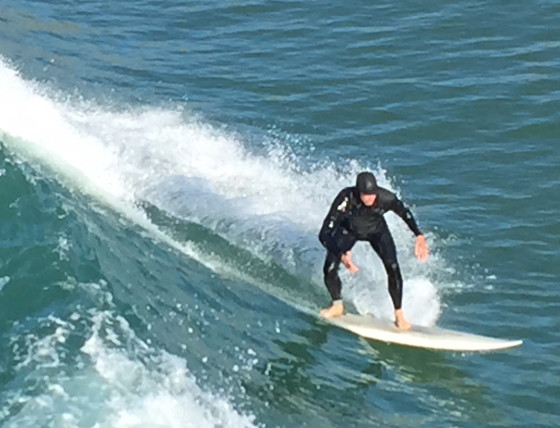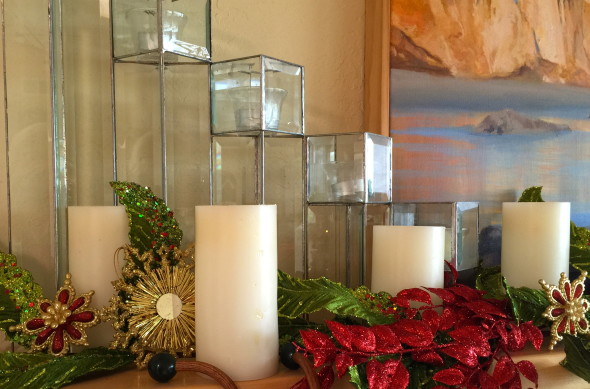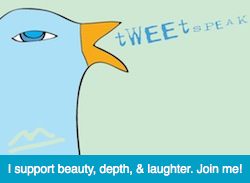We’re talking about FORWARD over at SheLoves this month. And what came to me was the wonderful way older women ‘paid it forward’ in my life and how I want to be an older woman like that. Come on over and join us, won’t you?
Lucille Peterson Johnston and her sister Betty Junvik MacCreight were the two women who paid it forward in my life (among others!).
I was in my early 30’s, a stay-at-home mom with school-aged kids, actively involved as a lay leader in our church, with more time and energy than I had enjoyed since the babies started coming. A woman who was a mentor to me called one day with an idea: “My sister and I would really like to see something happen for the young moms in our congregation and we thought maybe you’d be willing to head it up for us.”
“Interesting idea,” I thought. “And I’ve got some time these days.”
So we met together and made plans. From that meeting, a semi-monthly morning gathering began in the church basement. For the first two years we met, childcare and snacks were provided by the older women in the church. Can you imagine? Lovely women, who had walked the road of mothering babies years before, gave themselves to the younger women, helping us to start something new and life-giving for all of us. For me, it was a chance to stretch my leadership muscles; for the women who gathered, it was three hours of freedom and fellowship every other Thursday.
That group was called The M & Ms — for Mary and Martha, of course. This was a long time ago — the late 70s and early 80s — when about 90% of young moms could (and did) choose the stay-at-home route. I led them for about five years, then moved sideways into leading Bible studies for both women and men in the evenings, before finding the courage to enter seminary in 1989. The group continued to meet for about a dozen more years, with other slightly further-along-moms stepping into leadership, until the need for a day-time getaway-for-moms largely disappeared.
It was the right idea at the right time, and it started with older women ‘paying it forward.’ They saw a need, got creative about how they might meet it, and then stepped right into the middle of it with their own loving presence. What a gift!
This is just one story, one picture of intergenerational connection, about learning from and leaning into one another across the age gap. Even though sociological evolution has changed the dynamic of many families today, the principles that undergird this example are still valid.
We need connections to our past in order to move forward with wisdom and integrity. And we need connections with our future in order to be open to the Wind of God at work in the church. We need each other.
Please hop on over to SheLoves to finish this essay and to join the conversation about leaping across the age gap! Click right here.

















































